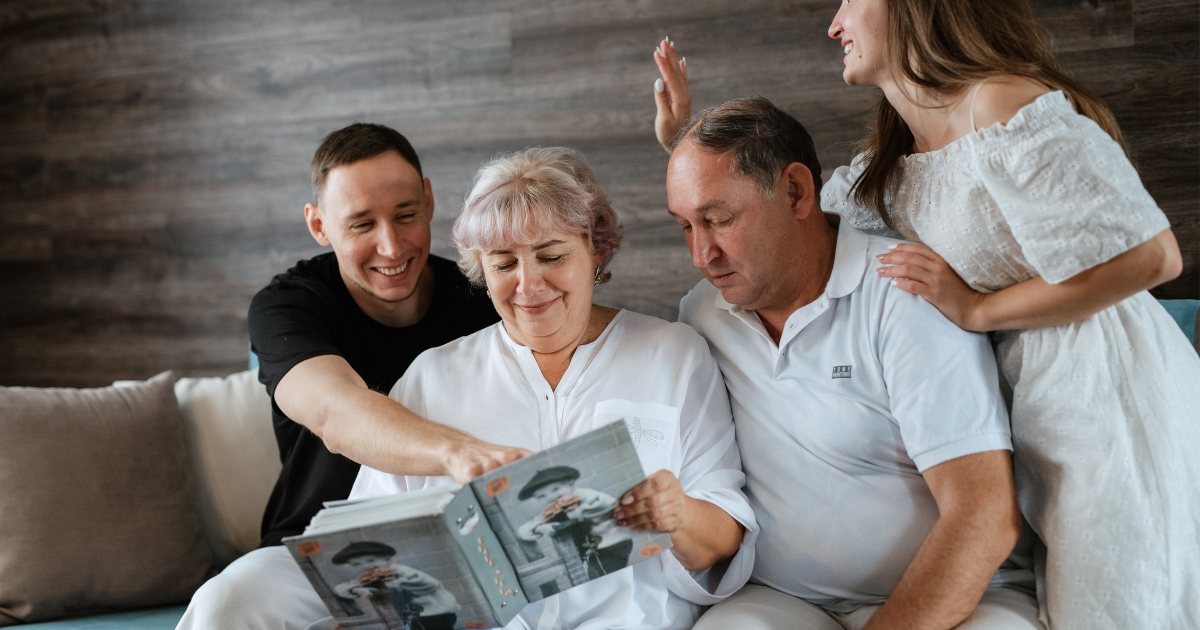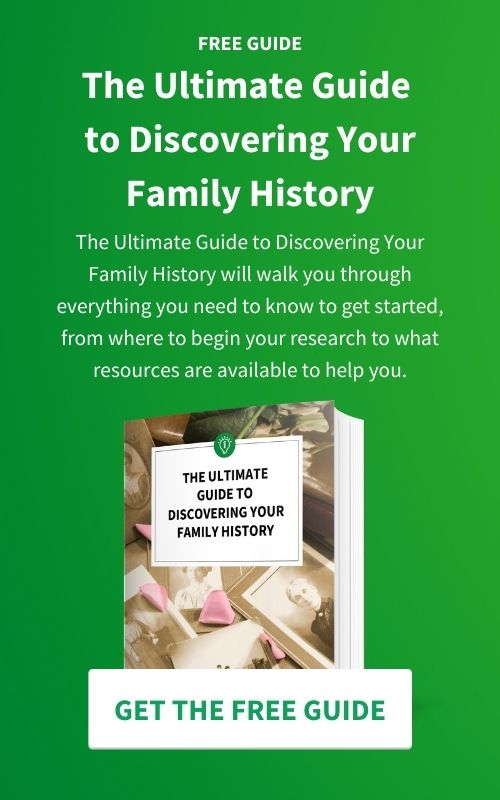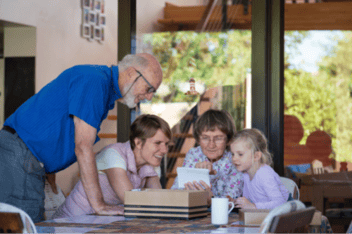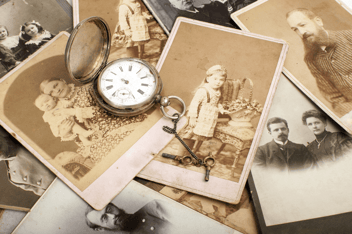How to Uncover Your Family's Oral History: A Step-by-Step Interview Guide
In a fast-paced, technology-driven world, the oral tradition of storytelling may seem like a relic of the past. However, beneath our modern lives lies a treasure trove of memories, wisdom, and insights passed down through generations. Preserving our family's oral history is not merely an exercise in nostalgia; it's a profound journey of self-discovery and connection with our roots. It allows us to step into the shoes of our ancestors, understand the challenges they faced, and appreciate the wisdom they gained along their life's journey.
There is an undeniable magic in sitting down with a family member and listening to their tales of triumphs and tribulations, laughter and tears. It's in these stories that we find our own identity, and the threads that bind us to our family's past are woven into the fabric of our lives. The stories of our grandparents, great-grandparents, and even distant relatives contain not just historical facts but the essence of the human experience. They reflect the cultural, social, and personal contexts that have shaped our family's narrative over the years. Through this guide, we will explore the step-by-step process of uncovering and preserving these invaluable oral histories, embracing the profound connections, insights, and legacy that emerge from this enriching experience.
I. Preparing for the Interview
Before you embark on the journey of conducting interviews to uncover your family's oral history, thorough preparation is key to ensuring a successful and meaningful experience. Let's dive into each point with examples:
Determine the goal and scope of your ancestry research:You may wish to explore your family's migration patterns, understand their cultural traditions, or uncover unique family stories, such as wartime experiences. If your goal is to delve into your family's migration history your interviews may focus on the reasons behind their moves. Or, consider the challenges they faced and the impact on subsequent generations.
Identify potential interviewees and establish connections:Identify key relatives who hold valuable information about the family's history. These could be grandparents, aunts, uncles, or older cousins. As an example, you may decide to interview your grandmother who lived through significant historical events and has firsthand knowledge of your family's history.
Research background information to guide your questions:Background research involves collecting facts about your family's history, including birthplaces, significant life events, and family traditions. If you discover that your great-grandfather was a war veteran, you can tailor your questions to learn about his military service, the impact it had on the family, and the values he cherished.
Select recording tools and methods for documentation:
Choose the most appropriate means to record the interviews, such as audio or video recording equipment, or simply pen and paper. You might decide to use a digital voice recorder to capture the nuances of your interviewee's voice and expressions, ensuring a more authentic record.
By following these steps in your preparation, you set the stage for engaging and informative interviews that will yield a wealth of family history. With a clear understanding of your goals and a well-researched background, you can create a meaningful and enjoyable experience for you and your interviewee.
II. Conducting an Effective Interview
The interview itself is the heart of the process, and conducting it effectively is essential.
Choose a comfortable and quiet environment:The best stories are told in a relaxed setting that encourages open conversation. Always try to minimize distractions so the focus is on the interview. Your grandfather probably had a favourite chair. Maybe the living room as he sits comfortably in his chair might be the best place for a conversation.
Establish rapport and express your appreciation:Building a trusting relationship with your interviewee is important for them to feel comfortable talking about the subjects you are researching. Before delving into the interview, you could express your gratitude by saying, "Grandpa, I'm so grateful that you're willing to share your memories with me. Your stories mean the world to our family, and I appreciate this opportunity to learn from you."
Use open-ended questions to encourage storytelling:Ask questions that prompt detailed and personal narratives and encourage your interviewee to delve into their memories. Instead of asking, "Did you like your childhood?" you can ask, "Can you share some of your favourite childhood memories and the people who influenced you the most?"
Listen actively and be open to unexpected discoveries:
Pay close attention to the stories being shared. Be prepared for surprises and be adaptable in your approach and questions. Also, be mindful if a subject becomes difficult for the interviewee and ask if they would like a break or to talk about it more at a later time.
As your interviewee begins to talk about their early years, you may unexpectedly stumble upon a heartwarming story about their friendship with a neighbour that you hadn't known about, opening a new avenue for exploration.
Show empathy and sensitivity when discussing sensitive topics:
Approach delicate subjects with care and respect by creating a safe space for your interviewee to share their experiences.
III. Preserving and Sharing Oral Histories
Once you've conducted your interviews, it's time to ensure your family's oral history endures.
Transcribe the interviews for easier access and analysis:
I recommend converting the interview into a written record, regardless of your choice to use the recording or video. It serves as a good reference and easier access to information. Transcribing your interviews allows you to revisit the stories easily. For instance, you can transcribe your grandmother's account of her wedding day, which might include detailed descriptions of the ceremony and the emotions she felt.
Organize the collected information by themes or chronology:
Categorize the stories and information into meaningful sections and create a coherent narrative of your family’s history. Here is an example of how you could organize your interviews and their various stories. You can organize them into themes, such as "Family Traditions," "Migration Stories," or "Life during Wartime." This way, you can create a comprehensive narrative of your family history.
Preserve the interviews in both digital and tangible formats:
Store digital copies to ensure long-term accessibility and also for the conversions of the records as technology changes. Consider creating physical archives for future generations. I suggest saving the digital recordings in a secure online storage platform but also creating a physical family history book containing transcripts, photographs, and memorabilia, ensuring that future generations have access to the stories.
Share the findings with family members and engage in further discussions:
The most important part of preserving your family history is to share your findings. Sharing the stories you've uncovered strengthens family bonds. Encourage other family members to explore their history. Find creative ways to share your findings. Try hosting a family gathering where you share the insights and experiences you've gathered. You can share through a family group site or email. Sharing provides an opportunity for others as the discussion may trigger additional memories and stories from other family members.
Consider contributing to community or national oral history projects:
Share your family's stories with a broader audience. Contribute to the collective memory of your community or nation. If your family's history includes a unique aspect related to a historical event, consider contributing to a local history museum or participating in a national project focused on preserving the stories of people who lived through that event. You may present your findings at a library, or genealogical society meeting, offer it as a webinar, or even publish your family history.
Conclusion:
By following these steps, you embark on a journey that goes beyond the simple act of documenting family stories. You are delving into the heart of your family's identity, a treasure trove of memories and experiences that bind generations together. This process isn't just about collecting facts and anecdotes; it's about preserving the essence of who your family is, where they came from, and the trials and triumphs that have shaped their lives.
As you engage in these interviews and curate your family's oral history, you're creating a bridge between the past and the future. Sharing these stories with your family members strengthens the bonds between generations, fostering a sense of unity, belonging, and shared identity. It's an opportunity to celebrate your family's unique culture, values, and traditions.
Moreover, by contributing to community or national oral history projects, you're extending the impact of your family's stories. You're adding to the collective memory of your community, your nation, and even the broader human experience. These stories become a part of a larger narrative, offering valuable insights into the social, cultural, and historical context of the times your family lived through.
In doing so, you not only enrich your family's history but also contribute to a greater understanding of our shared human history. Your family's stories become a part of the tapestry of society, helping future generations connect with the past and find meaning in the experiences of those who came before them. By preserving and sharing your family's oral histories, you are leaving a lasting legacy that can inspire, educate, and unite people for generations to come.
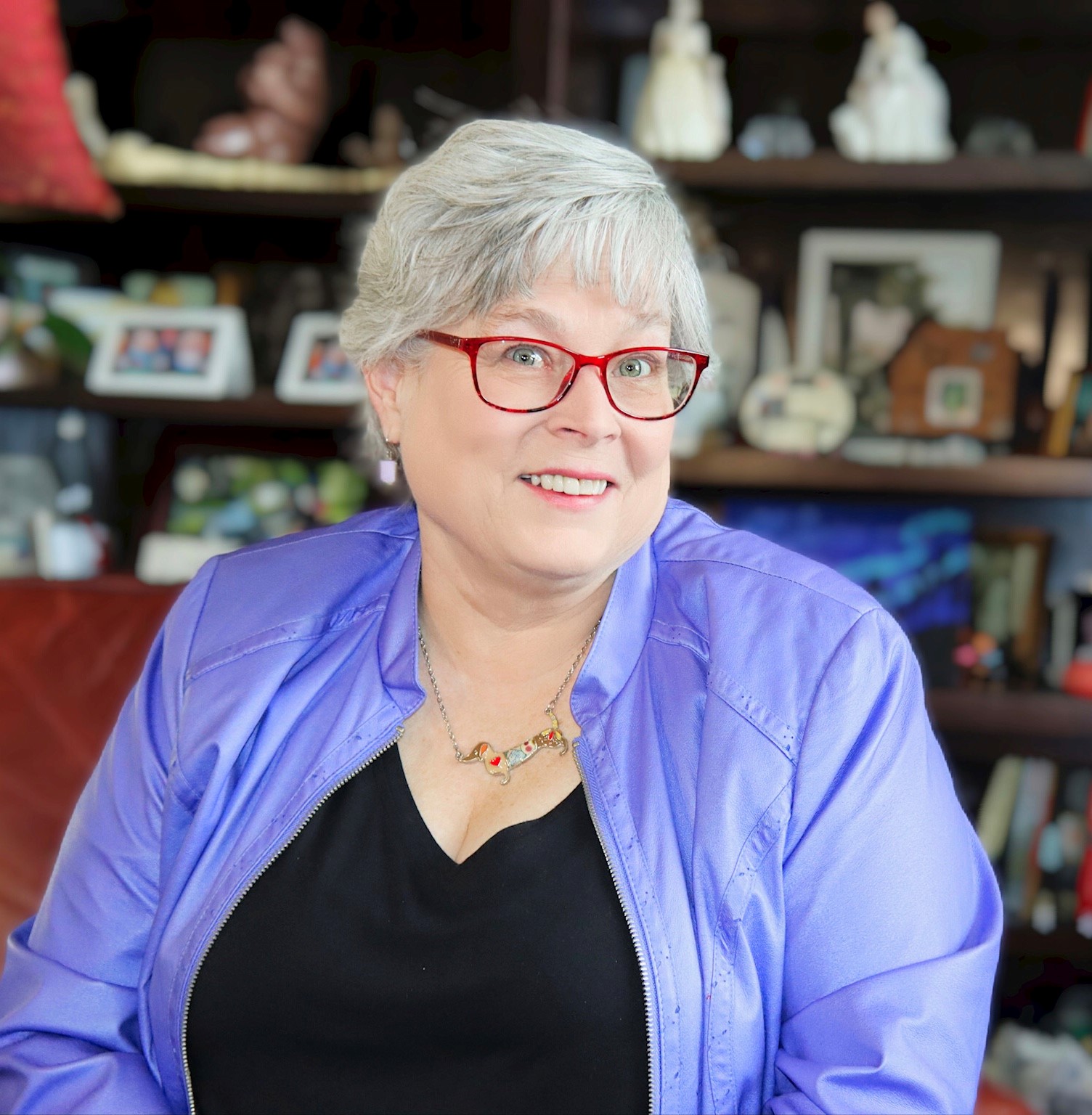
Article by Carol Walsh
Carol Walsh is the CEO of Creative Roots, a professional genealogy company. She has a passion for preserving family history and storytelling. Carol's research methodology centers around fact-finding and publishing in a format that readers can use to preserve the stories. Her ultimate goal is to help families connect with their past and each other.

